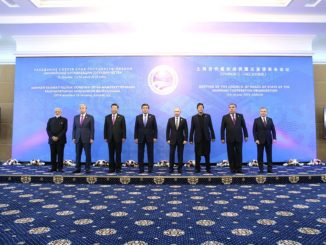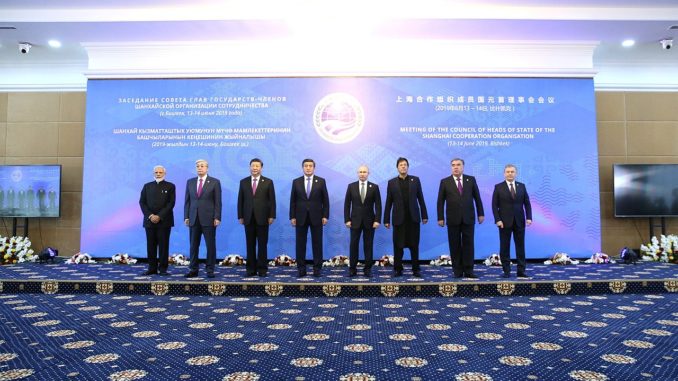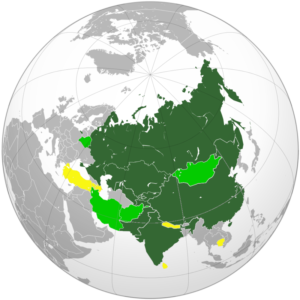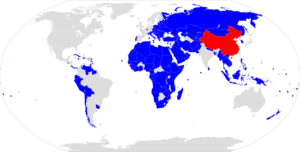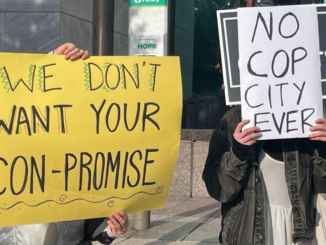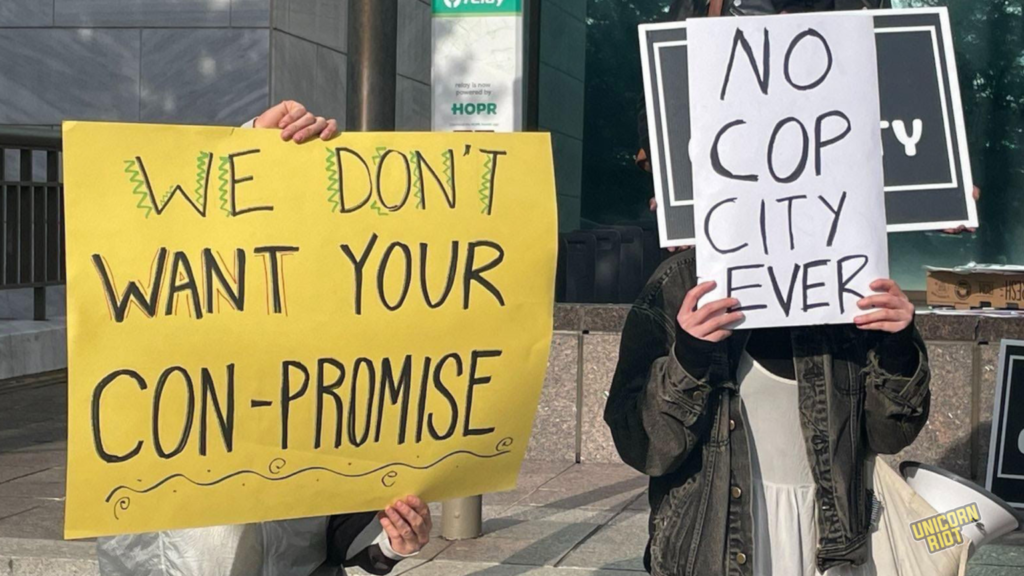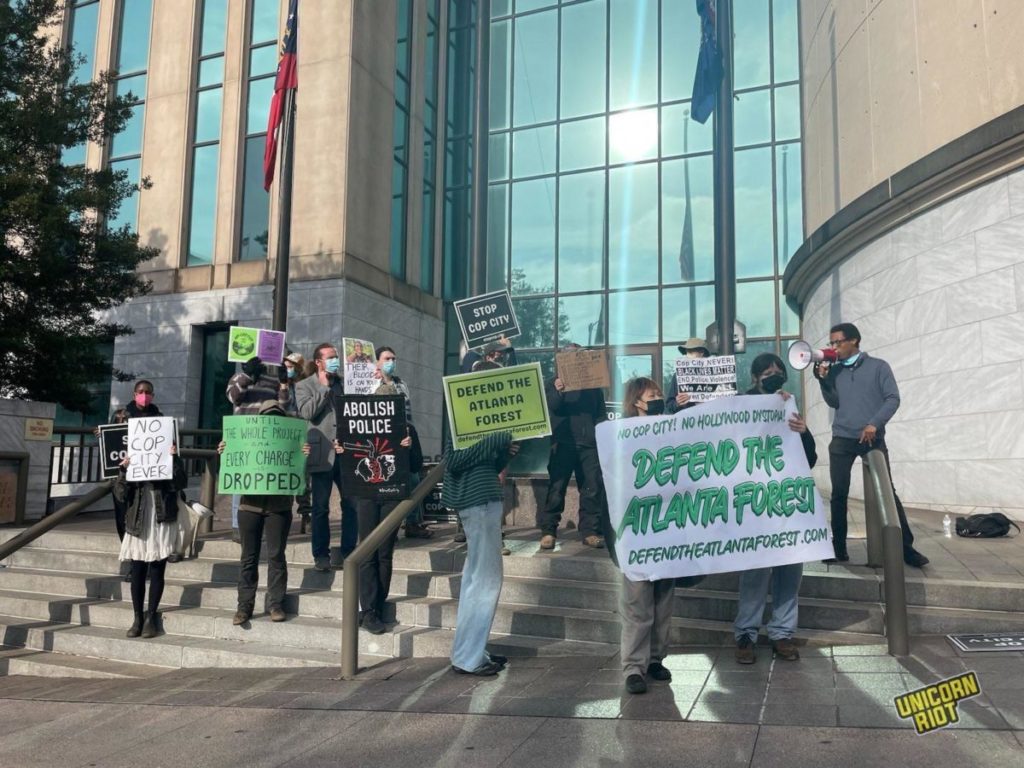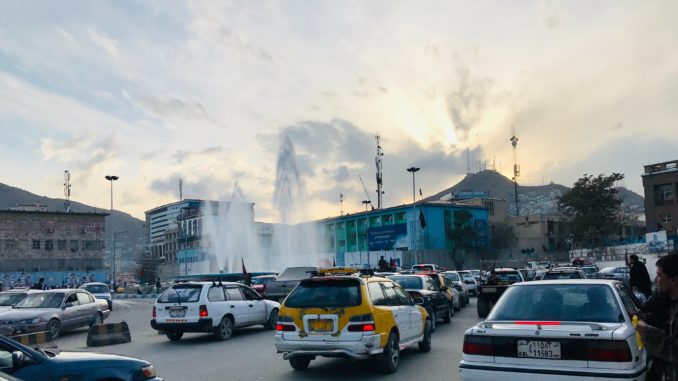
Editor’s Note: The following is the writer’s analysis.
Afghanistan is teetering on the brink of universal poverty. As much as 97 percent of the population is at risk of sinking below the poverty line unless a comprehensive response to the country’s multiple crises is launched, according to a September 9 report the United Nations Development Program (UNDP) released.
In his video message to the 21st Summit of the Council of Heads of State of the Shanghai Cooperation Organization (SCO) that was held on September 17, Secretary-General of the United Nations António Guterres addressed the group:
“You come together at a pivotal time. Troubling developments in Afghanistan are causing profound political, economic, security and humanitarian challenges. The situation is rapidly evolving and unpredictable. But it is clear that the Afghan people want extreme poverty to be eradicated, jobs to become available, health and education services to be restored, and their lives and basic rights and freedoms to be protected. They want their country free of insecurity and terror.”
Two Factors for Economic Crisis
Guterres’ words carry enormous significance. The UNDP report, which analyzed four potential scenarios of escalating intensity and isolation, indicates that real GDP could contract by as much as 13.2 percent, leading to a nearly 25 percent increase in the poverty rate.
Two factors have caused Afghanistan’s economic freefall. First, even before the escalation of conflicts, a highly dysfunctional neoliberal kleptocracy—with limited writ over a narco state, dependent on foreign aid and rentier economics for its survival—was pillaging the country with the help of the United States and its European accomplices. The result: Cruelty and callousness became the mode of governance. COVID-19 devastated Afghan society: The coronavirus is believed to have infected millions, with the impact helping drive an increase in the poverty level from 38 percent in 2011 to an estimated 47 percent in 2020. At the beginning of 2021, as many as 14 million people could not obtain sufficient food, meaning more than one-third of the population of roughly 38 million was going hungry. Food insecurity is a result of constant droughts. Afghanistan is highly vulnerable to climate change, having witnessed a mean rise in temperature of 1.8° Celsius (or 35° Fahrenheit) since the middle of the 20th century, compared to a global average of 0.82° C (33.4° F). Droughts are likely to become an annual occurrence by 2030. A severe drought caused more internal displacement between 2017 and 2018 than the conflict itself. The country now is suffering from another prolonged dry period.
The second factor that caused Afghanistan’s economic freefall is, since the Taliban takeover, the imperialist bloc led by the United States has forced Afghanistan into economic isolation. The World Bank has halted funding for new projects, the International Monetary Fund (IMF) has suspended payments to Afghanistan and the administration of U.S. President Joe Biden has frozen the assets of Afghanistan’s central bank, which are held in the United States. Thus, Afghanistan has been faced with the absence of liquidity (cash), spiraling prices of food and medicine, currency depreciation, unemployment, and the collapse of services and construction. No money is available for public finance and administrative operations—that means no prospect of salaries for government workers. Eighty percent of Afghanistan’s last approved annual budget of $5.5 billion was funded by external aid.
Regional Shifts
UN High Commissioner for Refugees, Filippo Grandi—after concluding his three-day visit to Afghanistan on September 15—commented: “The humanitarian situation in Afghanistan remains desperate… if public services and the economy collapse, we will see even greater suffering, instability, and displacement both within and outside the country… The international community must therefore engage with Afghanistan—and quickly—in order to prevent a much bigger humanitarian crisis that will have not only regional, but global implications.”
The SCO countries have heeded Grandi’s advice. Instead of implementing measures that punish the Taliban in ways that exclude Afghanistan and adversely impact the country’s citizens, the organization is trying to actively promote a smooth transition in Kabul. In the latest SCO gathering in Dushanbe, Tajikistan, Central Asian countries—which had previously accepted their roles as mere doormats for U.S. ambitions in Afghanistan—voiced concerns about the bellicose attitude of Western countries toward Kabul.
“Considering the humanitarian situation, we propose looking into the possibility of lifting the freeze on Afghanistan’s accounts in foreign banks,” Uzbek President Shavkat Mirziyoev remarked.
Tajik President Emomali Rahmon, too, reiterated these viewpoints, adding “the entire burden of negative impacts” following the withdrawal of the United States from Afghanistan “will be placed on Afghanistan’s neighboring countries.”
Central Asian countries’ implied criticism of U.S. foreign policy is important. From the 2000s onward, the U.S. stance toward Central Asia was an extension of its war in Afghanistan. The region became a base for the North Atlantic Treaty Organization (NATO) and a conduit for International Security Assistance Force (ISAF) supply routes. Economic agendas were relegated to the back burner. A half-hearted attempt was made to create a regional energy market in Central Asia, Afghanistan and South Asia. With the Northern Distribution Network (NDN) as a starting point, the New Silk Road (NSR) was supposed to facilitate trade and transport corridors, ease customs and border procedures, and promote economic links.
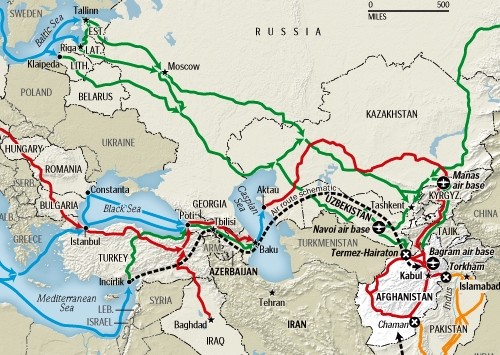
However, these grandiose ideas were all for naught. Apart from profiteering from the ISAF bonanza and fleecing Afghanistan and its donors, Central Asian countries gained nothing substantial from U.S. initiatives. These benefits also came to an end with the decrease in the tempo of the Afghan war—beginning from the NATO drawdown in 2014 and ending with the U.S. exit in 2021. Failed regional cooperation, widespread corruption and disproportionate enrichment of elite insiders serve as relics of Western involvement in Central Asia.
China’s Role with Afghanistan
Growing disillusionment with the U.S. strategy on Afghanistan has pushed China—an SCO heavyweight—to the forefront of global diplomacy. For China, Afghanistan is not a passive unit in a geopolitical struggle against its rivals; it is a bridge between Eurasia and South Asia, and between East Asia and West Asia. It lies between two of the main Belt and Road corridors—the China-Pakistan Economic Corridor to the south and the China-Central Asia-Western Asia Economic Corridor to the north. Thus, Sino-Afghan ties are built on tangible geo-economic connections, not on opportunistic geo-political aims.
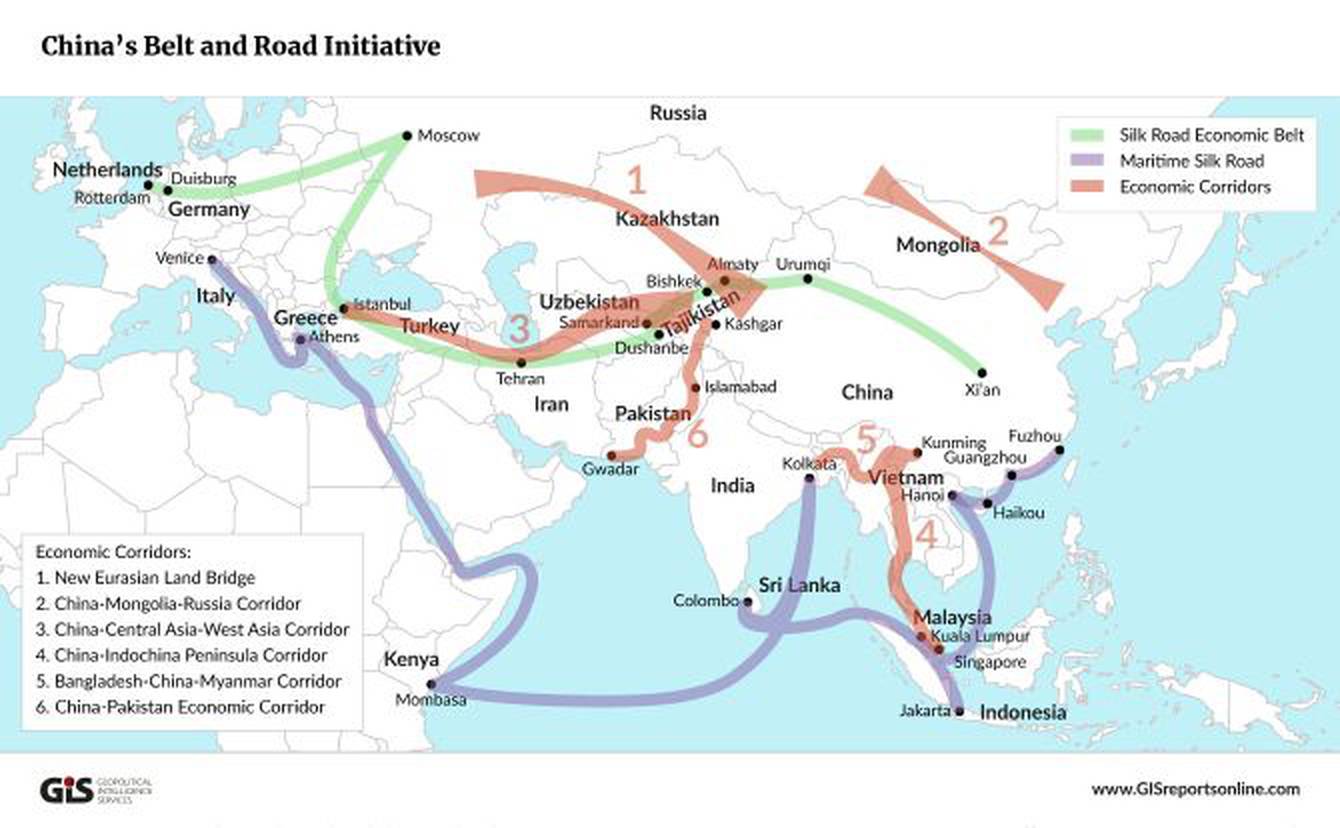
On September 8, Chinese State Councilor and Foreign Minister Wang Yi announced $31 million in aid for Afghanistan, saying the funds were a “necessary step” to restore order and “end anarchy.” A week later, Chinese Foreign Ministry spokesman Zhao Lijian told reporters in Beijing the United States had no legitimate reasons to freeze Afghanistan’s assets. Asked about the Taliban’s demand that the United States should unfreeze Afghanistan’s assets, Zhao said: “I think that the [Taliban’] spokesperson is right.” He went on to say, “These assets belong to the Afghan people. They [United States] should respond to the legitimate requests of the Afghan people and stop the wrong practice of sanctions and stop making obstacles for Afghanistan’s peace and reconstruction.”
In his speech to the SCO Summit, Chinese President Xi Jinping provided the regional context to his country’s evolving Afghan plan:
“We SCO member states need to step up coordination, make full use of platforms such as the SCO-Afghanistan Contact Group and facilitate a smooth transition in Afghanistan. We need to encourage Afghanistan to put in place a broad-based and inclusive political framework, adopt prudent and moderate domestic and foreign policies, resolutely fight all forms of terrorism, live in amity with its neighbors and truly embark on a path of peace, stability and development.”
In a meeting convened on September 16, to discuss the situation in Afghanistan, Chinese Foreign Minister Wang Yi proposed the following to his contemporaries in Russia, Iran and Pakistan: 1) the United States should be urged to provide economic and humanitarian assistance to Afghanistan; 2) the Taliban regime should be encouraged to make a clean break with terrorist forces; 3) concerted efforts should be made to moderate Afghanistan’s domestic and foreign policies and promote the basic rights of ethnic minorities, women and children; 4) pathways should be opened for the regional economic integration and development of Afghanistan; and 5) the spillovers of security risks should be systematically prevented. These five suggestions are sensible and should be supported by the international community to ensure stability in Afghanistan.
Yanis Iqbal is an independent researcher and freelance writer based in Aligarh, India, and can be contacted at [email protected].


